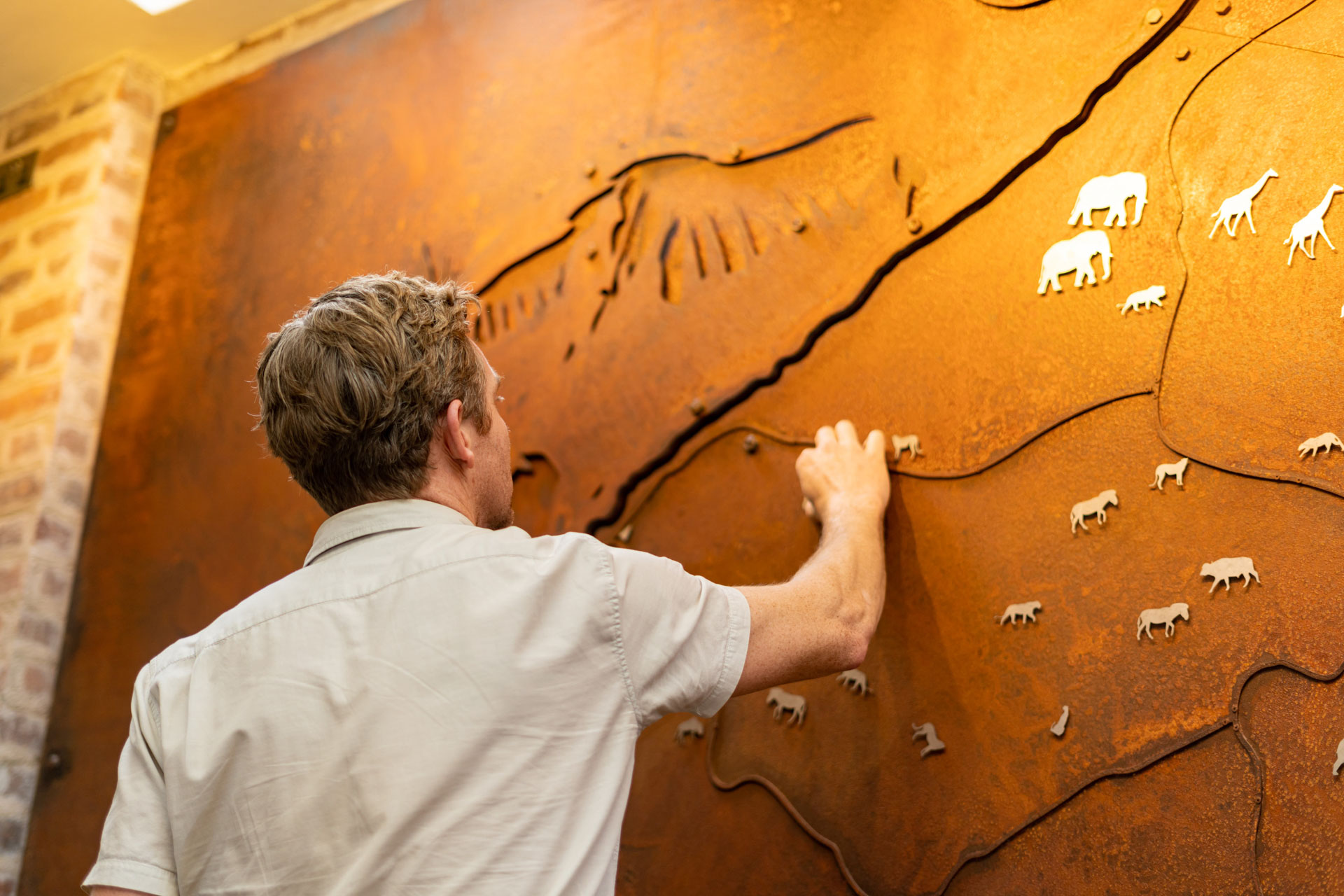
As I stand amidst the captivating landscape of the Maasai Mara in Kenya, I am reminded of the timeless connection between art and the earth. The ochre hues that adorn the orientation map at Angama are a testament to the ancient colours of the land, echoing the creative motivations that have endured across millennia. Umber and sienna, red and yellow, brown and gold all come together to texture this magnificent portrayal of nature's grandeur.
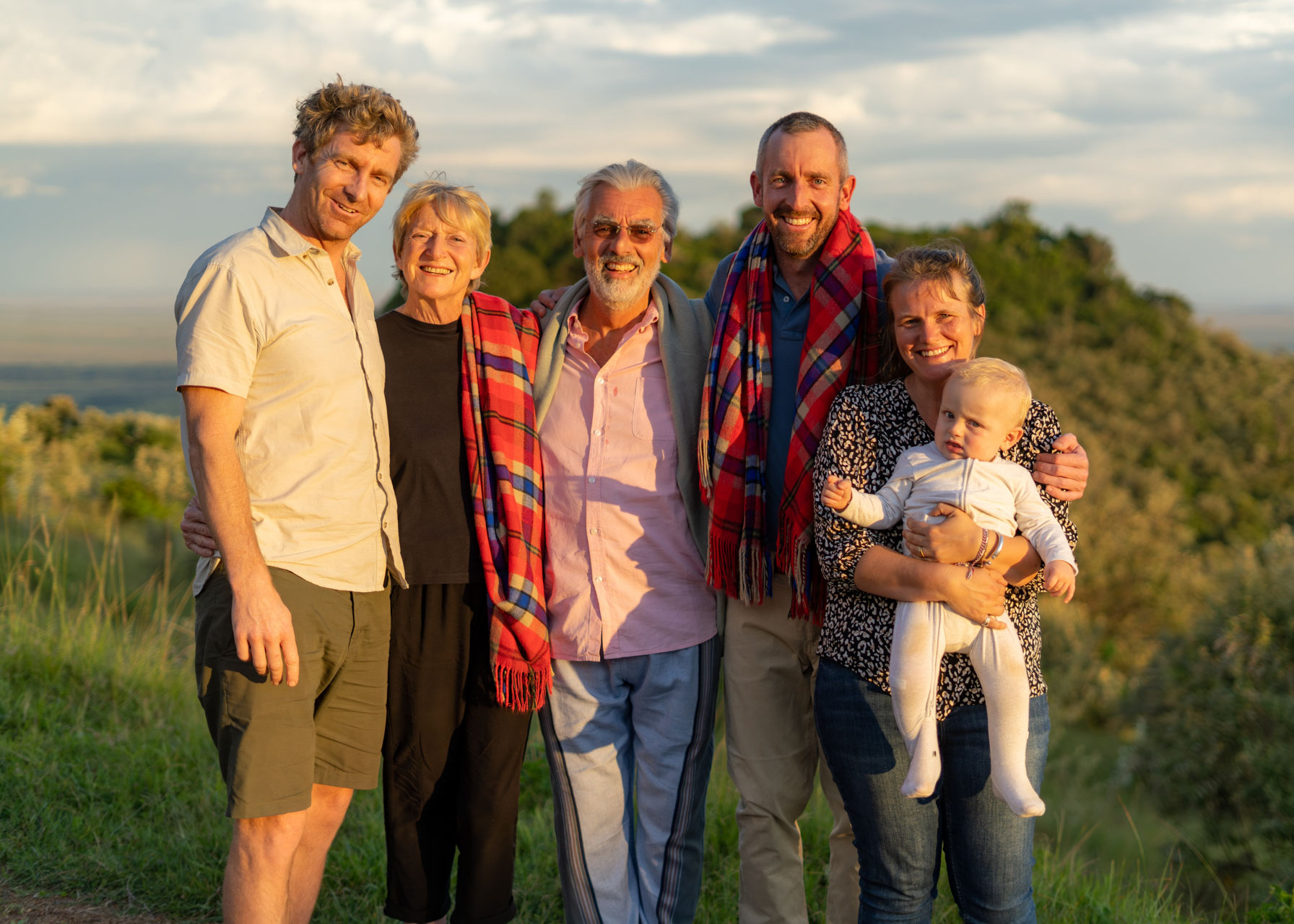
The artwork that adorns the map is a fusion of intentionally-rusted steel and polished stainless steel, skilfully juxtaposing the rugged and the refined. Like the sheen of the Mara River, the steel glimmers, reflecting light and emulating the fluidity of water. It carves a snaking line, the lifeline for the Mara Triangle, symbolising the significance of this vital waterway within the reserve. This aerial perspective offers a unique vantage point to appreciate the intricate web of game trails, drainage lines and shimmering rivers and waterholes.

From a young age, geography and art were my passions and the opportunity to merge these disciplines in the creation of a map orientation artwork is truly a dream come true. To capture the essence of this extraordinary landscape on a map required extensive research and collaboration. I turned to my brother, Adam Bannister, previously a photographic guide at Angama, who shared his wealth of knowledge and insights on this unique part of the world. Armed with a deep understanding of the reserve's intricate details, I embarked on a creative journey that would span two years.
When the time finally came to witness the fabrication of the final designs in Nairobi, I eagerly anticipated the moment I would walk through the doors of Angama to see the map in person. The quality of the manufacture, the intricate fixings and the seemingly weightless presence of the steel on the wall filled me with awe. The oxidation process had bestowed upon the artwork a magical variety of ochres and textures, surpassing even my wildest imaginings. The courageous and audacious style that permeates Angama's architecture embraced my small contribution, evoking a sense of Afro-futurism that resonated deeply within me.
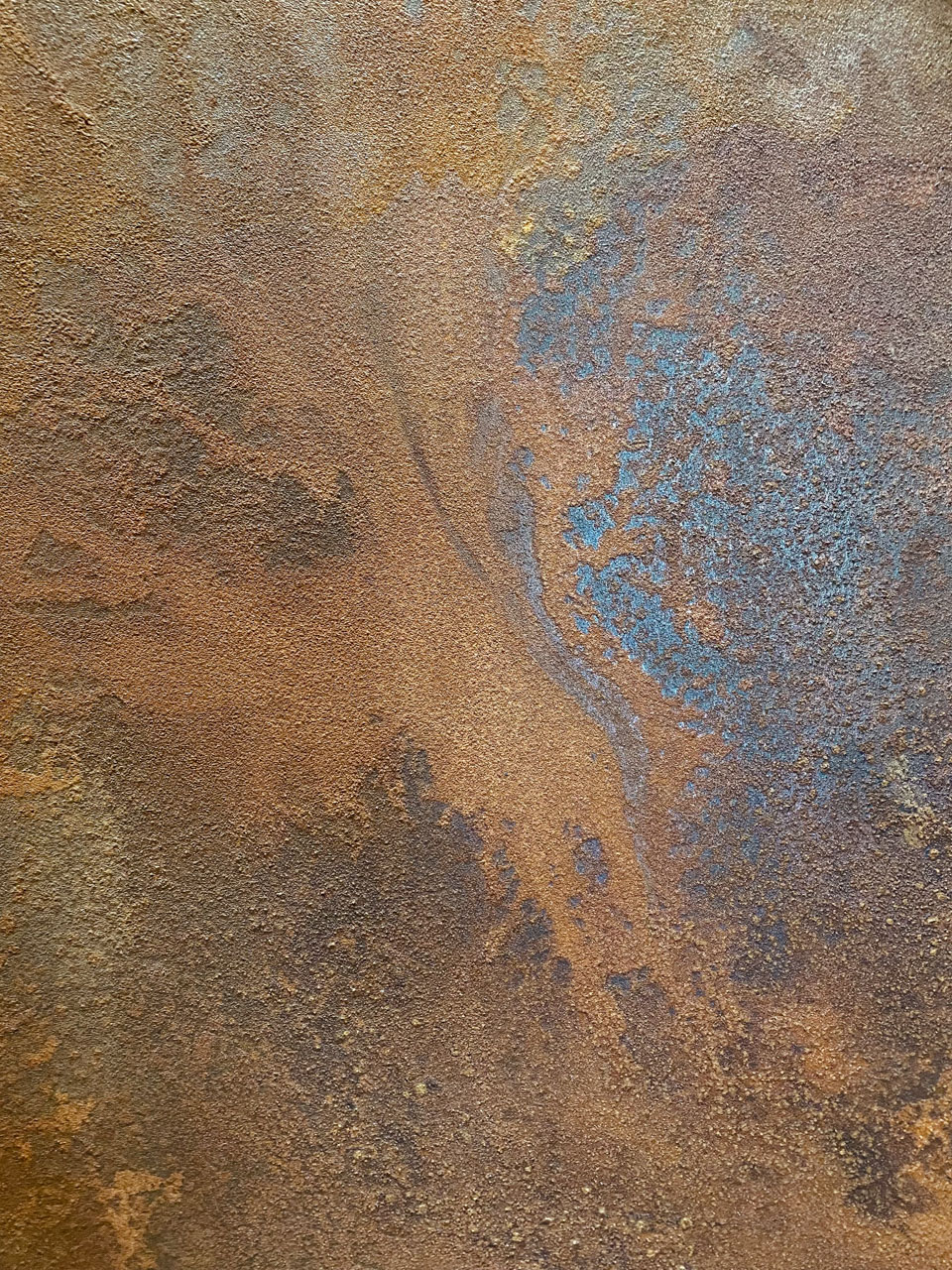
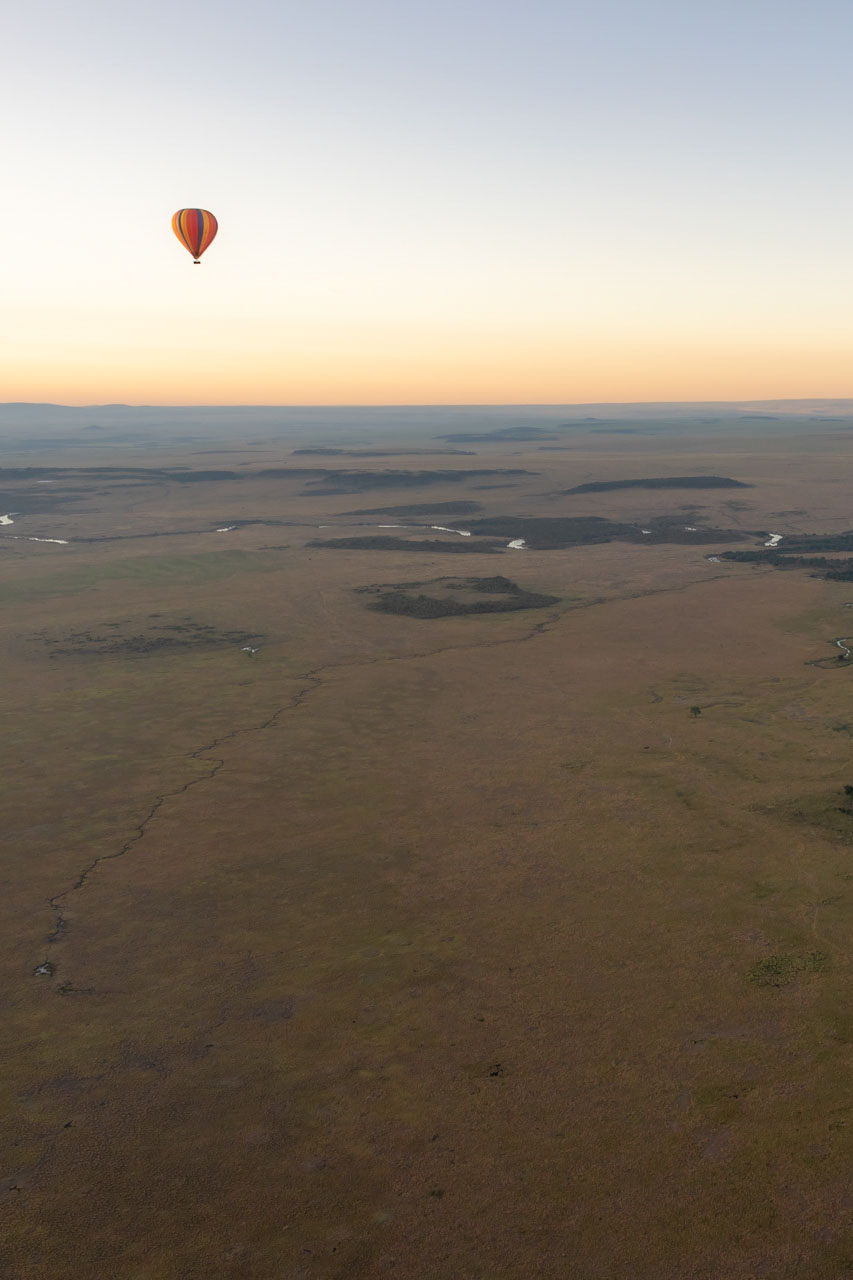
Working with steel has always held a special allure for me, akin to my fascination with ochres. There is an inherent authenticity, a sense of ancient mystery that emanates from this material. The bright metal beneath the surface serves as a reminder of the potential within us all, to shine brilliantly even under life's pressures or age gracefully with time. Steel possesses practical qualities such as durability and compatibility with various architectural styles and interiors. It allows me to weld, fold, cut and texturize, breathing life into my artistic visions.
Having grown up in South Africa, my appreciation for the outdoors and my fascination with birds, particularly birds of prey, have been lifelong companions. Wildlife is a cornerstone of my work, and the opportunity to integrate my pieces within the context of the Maasai Mara National Reserve is a true honour. My hope is that my art not only fosters a renewed appreciation for conservation but also reawakens our fundamental bond with the natural world, enabling visitors to be fully present and aware of their surroundings.
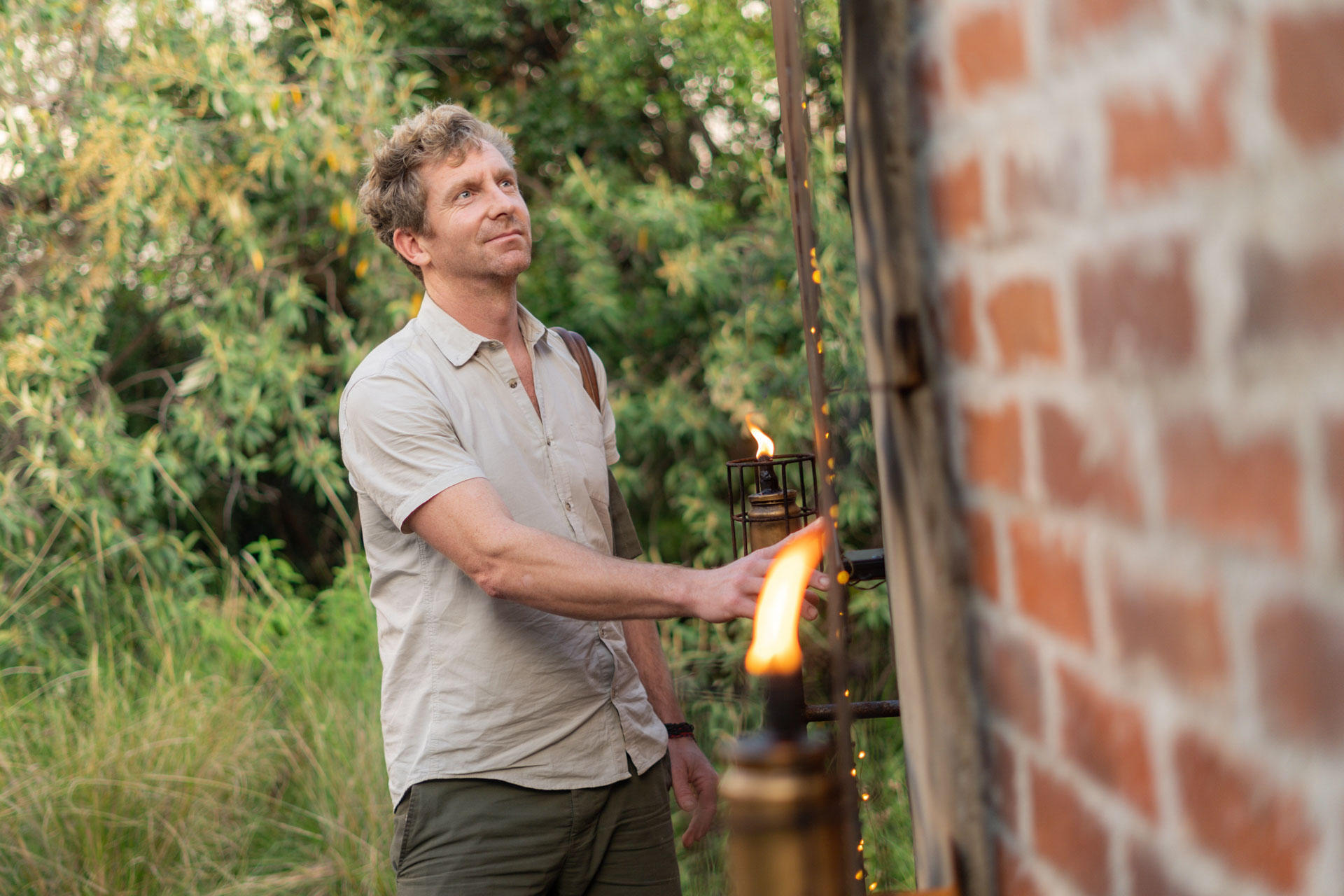
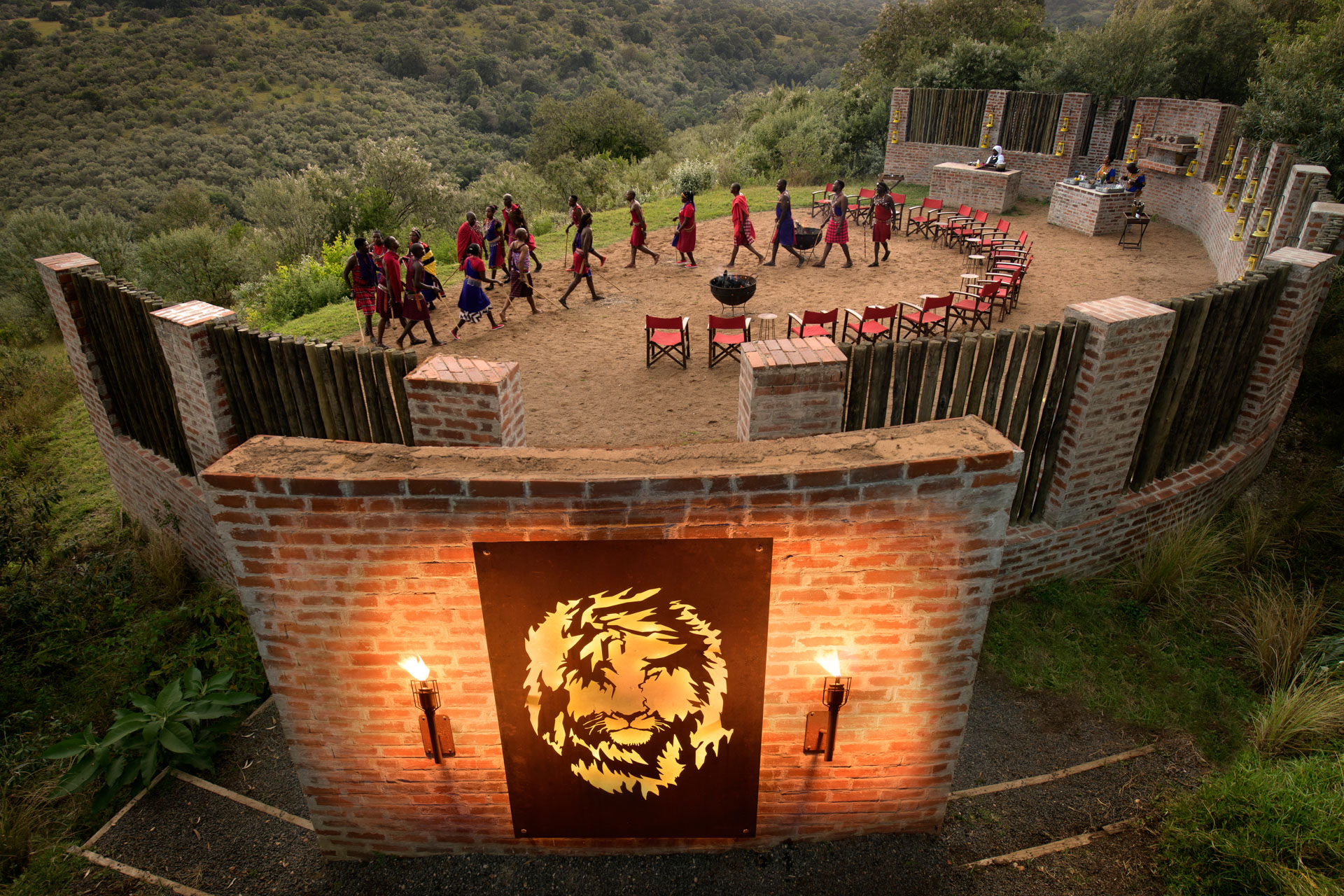
As you embark on your journey through the Mara Triangle, let the artwork orientation map be your guide, leading you deeper into the heart of this wondrous landscape. Discover the untamed beauty, bear witness to the Great Migration and immerse yourself in the profound connection between art, nature and the preservation of our precious planet.
The Map Room at Angama Mara has stood proudly in the Pavilion for nearly two years. Simon's beautiful metal map of the Mara Triangle is the crowning jewel of a vast collection of maps of Kenya, East Africa and the continent and the effort put into creating, making and moving it is nothing compared to the joy it has brought us and our dear guests — thank you, Simon. To see more of Simon's metal sculpture, click here.
Filed under: Inside Angama
Subscribe for Weekly Stories
Comments (0):
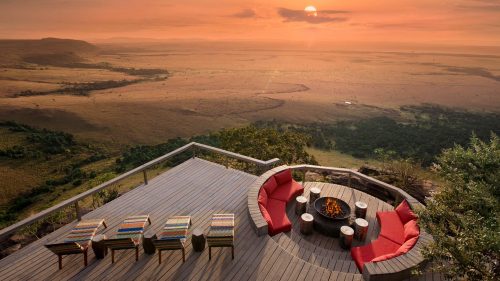
Angama Image Gallery